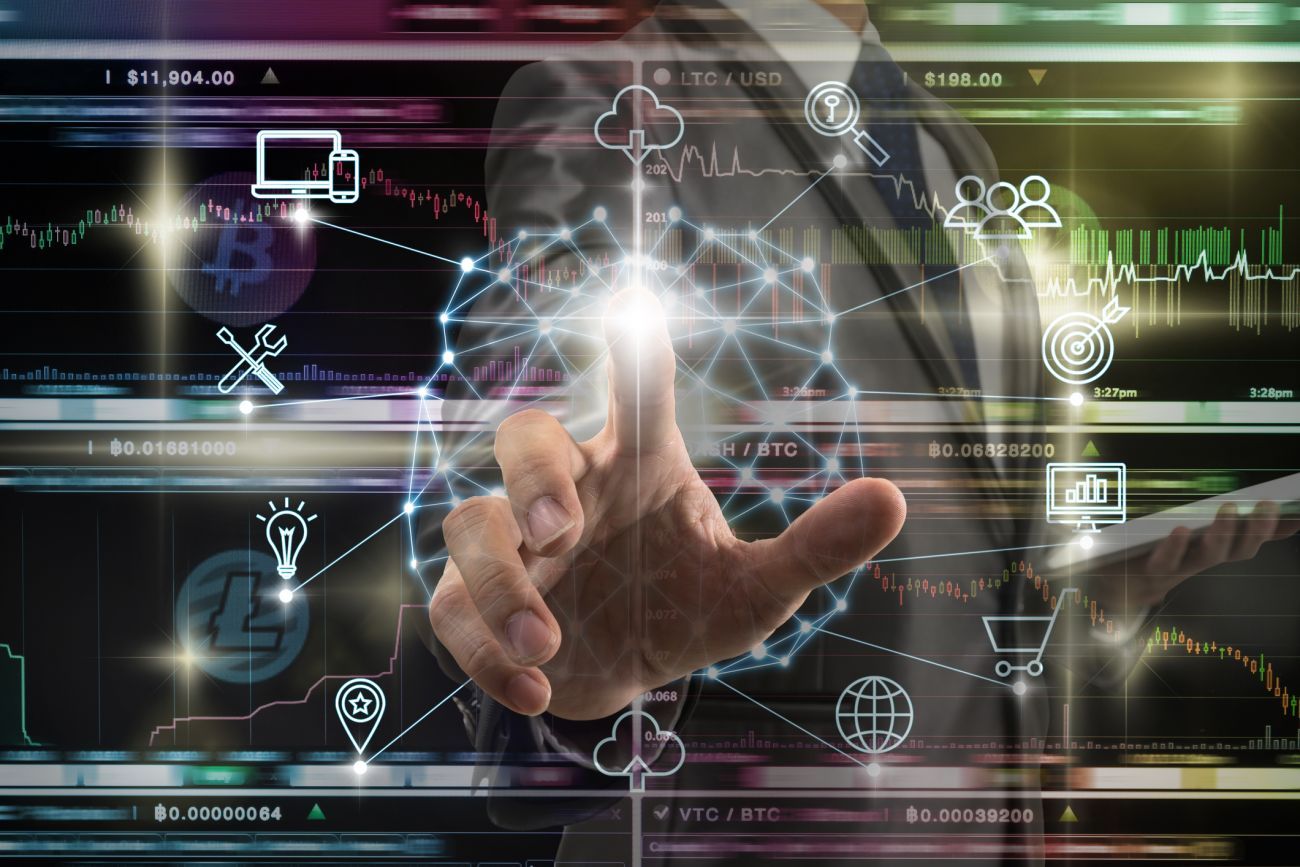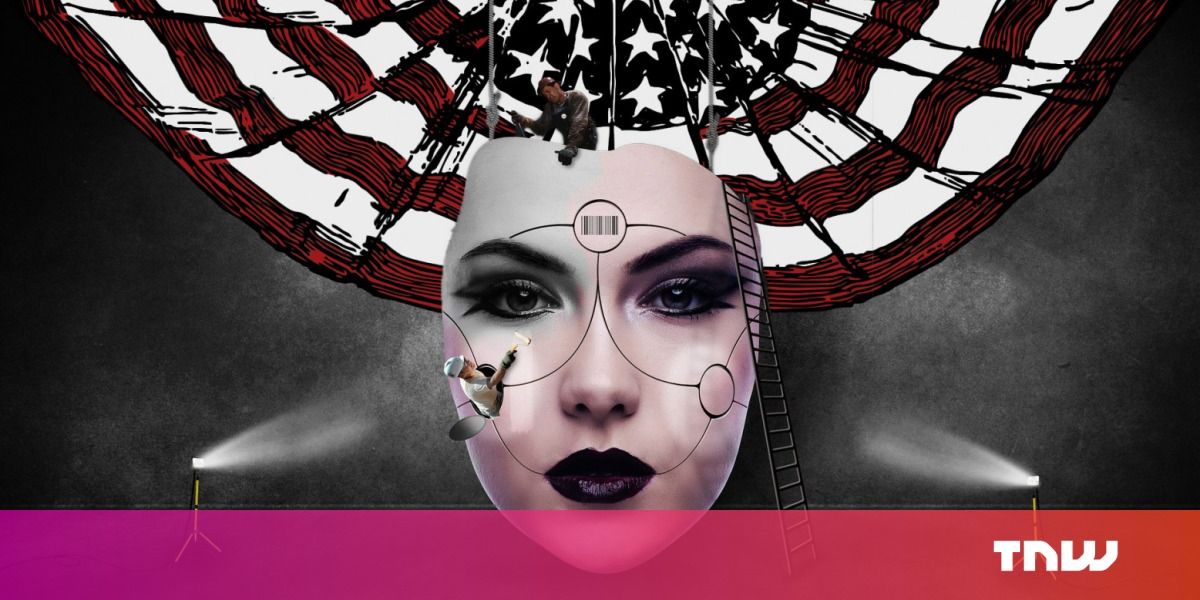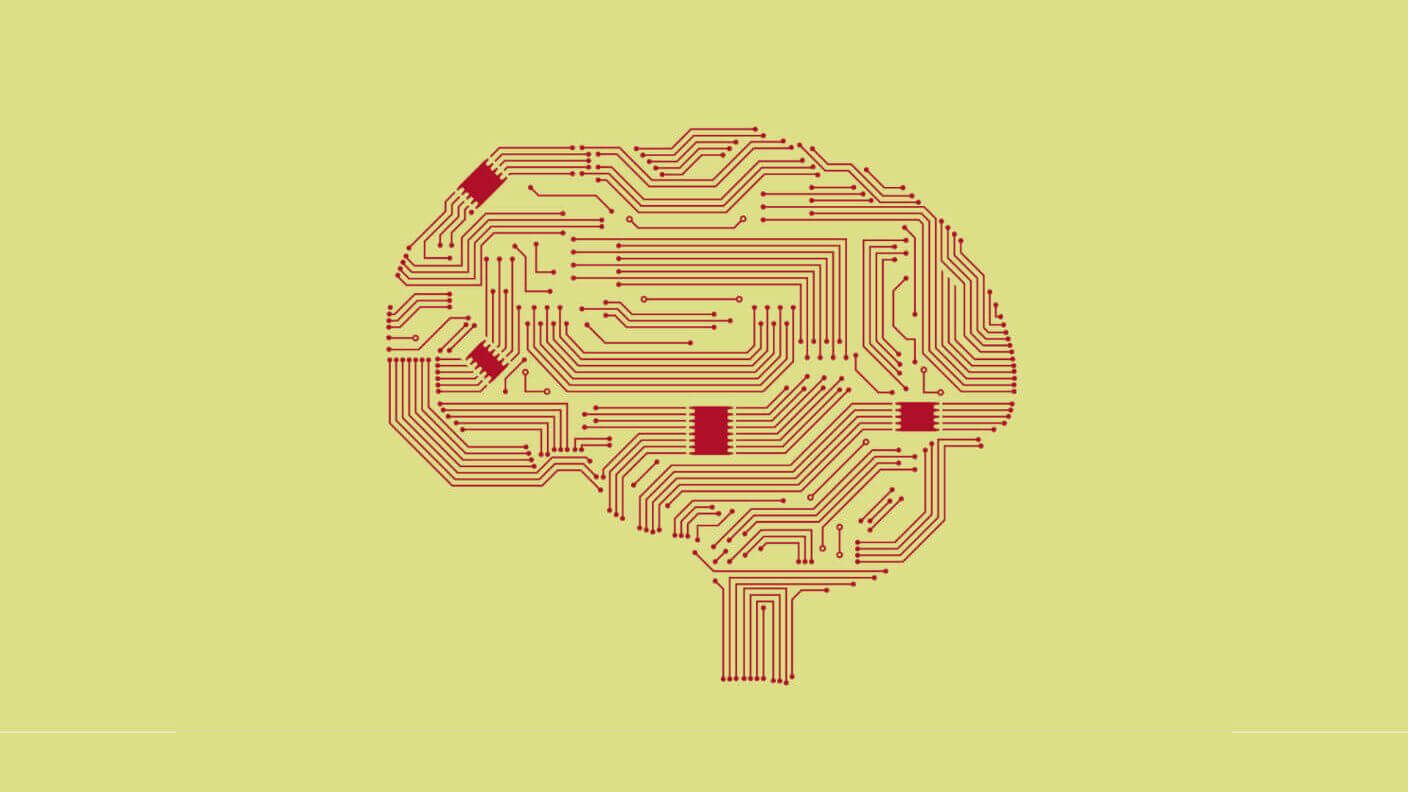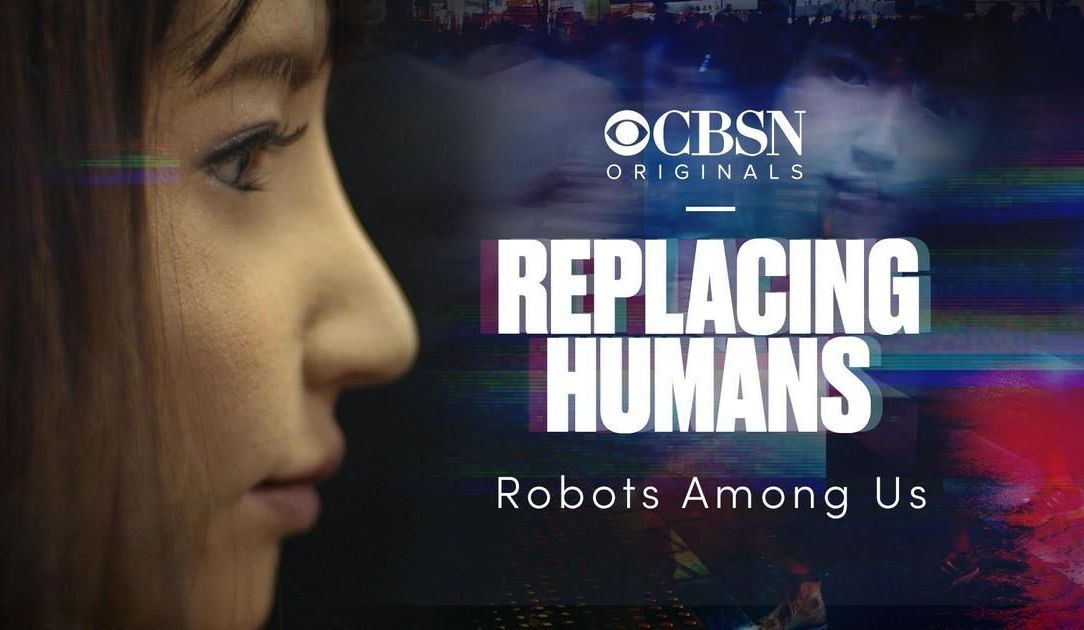With huge suites of data, we can extract plenty of signals where we know to look for them. Everything else? That’s where AI comes in.



1. Predictive analytics
Imagine being able to project a customer’s worth as soon as he buys your service. Sounds impossible, right? Well, in the course of our AI-as-triage work, we helped a leading online registry predict the lifetime value of its patrons within a few days of sign-up with 90 percent accuracy. Now, the registry can make more informed decisions about its customer service, delivering as much value as possible to its most loyal users.
Of course, creating a predictive solution requires a complete record of your customer interactions. Building this database takes time, but many of the necessary components are available off the shelf. Even if predictive analytics are a way off for your business, start collecting customer data now so you’ll have it when you decide to tap into AI.

It’s 2018, and the Open Access debate has been settled: institutions, researchers, funders and the public all hate paywalled science, and only the journal publishers — whose subscription rates have gone up several thousand percent in recent decades, despite the fact that they don’t pay for research, review, editing, or (increasingly) paper — like locking up scholarship.

Virtual reality is a gateway to powerful experiences. Strap on a pair of VR goggles, look around, and the scene you see will adjust, in real time, to match your gaze. But the technology is a visual one. Virtual reality doesn’t include touch, although there are controllers that provide “hand presence,” allowing you to manipulate objects in the virtual world, or shoot a simulated gun. So while VR today could simulate a Westworld -like setting, you’re not going to be actually feeling the hug of a cowboy-robot on your body while using any of the major platforms—at least not for a while.
The Force Jacket, a garment from Disney Research, aims to address that gap. Made out of a converted life jacket, the prototype uses embedded airbags that inflate, deflate, or even vibrate to literally give its wearer a feeling of being touched. When coupled with VR software, the setup can simulate something bizarre—a snake slithering on you—or more pedestrian: getting hit by a snowball. In brief, the sensation of touch you feel on your actual body can match what you see in a virtual one. (The device is the result of a research project, so these lifejacket-garments aren’t exactly on sale on Amazon. It’s also not the first research to focus on incorporating haptics into VR.)
“If you’ve experienced virtual reality or augmented reality, it’s largely based in this immersive visual world,” says Alexandra Delazio, the lead researcher on the jacket project and currently a research engineer at the University of Pittsburgh, where she works on technology for people with disabilities. “The real world is not just visual—it’s full of force and pressure-based interaction.” The goal of the jacket is to bring that sense of touch to the virtual world, or maybe even offer a way for someone far away to give you a hug.


Deepcric is a deep learning system for cricket. It looks at cricket video and does scene segmentation, scene classification, automatic commentary generation, targeted highlights generation, player identification, and player stats extraction.
Deep learning has been applied everywhere. From imagenet [1] to disease identification [2] to large-scale video classification [3] to text classification [4], there are barely any areas where people have not applied deep learning. But interestingly, there has been very little work in applying data science and deep learning to the game of cricket. This post is a detailed overview of my final year project at the FAST National University. We have developed a deep learning based system that is able to do many tasks in cricket in an automated way. Some of these tasks are:
https://www.patreon.com/GrayScott
Newsletter — https://www.grayscott.com/newsletter
Twitter: @grayscott
Instagram: https://www.instagram.com/gray_scott/
Transcript:
We are headed towards a post Singularity simulated future and everything points towards us becoming a simulated species and being able to upload our consciousness quantify our consciousness and put that into a simulation.
And I don’t necessarily think it’s us that may control it.
I think it’s going to be the AI systems, the quantum computers of the future, those systems will create the simulations, they will draw us in, some may do it on purpose and some by accident. Whether that’s a choice that we make or whether a choice the machines make is something we’ll have to find out when we get to the future.
I wrote about the Sim Generation in a book called The Future of Business, and the idea was that this generation that we are seeing right now, they are the simulated generation, so by the time that they reach their early twenties living inside of simulated virtual reality for those kids, it’s not going to be uncommon, it’s not going to be foreign to them.

In a few seconds flat, you’ve gone from a neatly-equipped office to a home cinema…all within the same four walls. Who needs more than one room?
This is the dream of those who work on “programmable matter.”
In his recent book about AI, Max Tegmark makes a distinction between three different levels of computational sophistication for organisms. Life 1.0 is single-celled organisms like bacteria; here, hardware is indistinguishable from software. The behavior of the bacteria is encoded into its DNA; it cannot learn new things.

Move over, deep learning. Neuromorphic computing—the next big thing in artificial intelligence—is on fire.
Just last week, two studies individually unveiled computer chips modeled after information processing in the human brain.
The first, published in Nature Materials, found a perfect solution to deal with unpredictability at synapses—the gap between two neurons that transmit and store information. The second, published in Science Advances, further amped up the system’s computational power, filling synapses with nanoclusters of supermagnetic material to bolster information encoding.
